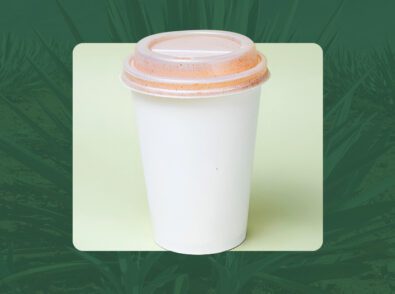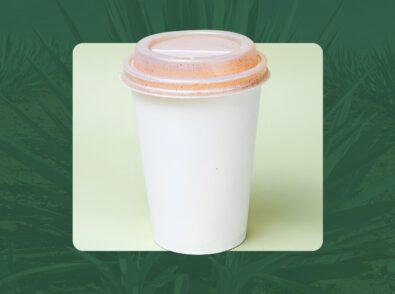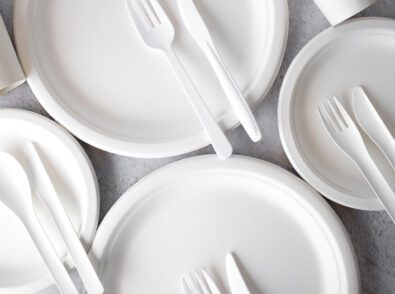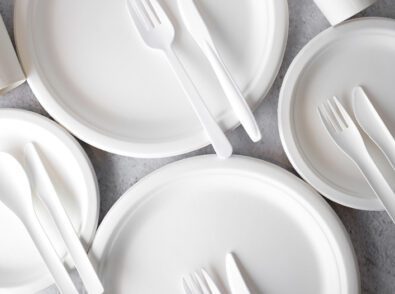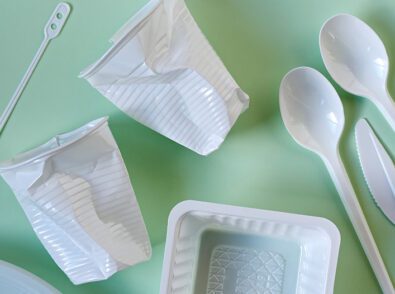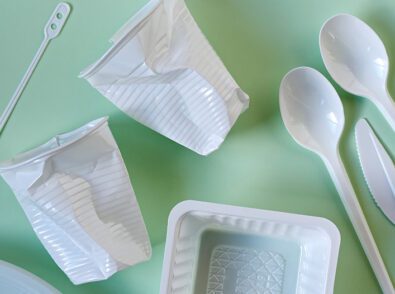A Beginners Guide to Composting

Regarding single-use plastics, you may have heard of the different types of plastic alternatives out there. From compostable to biodegradable to marine degradable, it can get a bit confusing. And I’m not going to lie; sometimes it is.
Society has been pushing for a more sustainable approach towards packaging and single-use plastics for the past couple of years, and while we have begun to take steps in this direction, there is still much work to do.
Mindset
How can we get closer to a more sustainable disposable industry? We can start by:
- Reducing, Reusing, and Recycling as much as possible
- Identifying compostable, recyclable, or petroleum based plastic products
- Properly disposing of these products, be that in our homes or elsewhere
- Supporting the compostable community
The first step is to be aware of what we are consuming. Unfortunately, our high-paced and modern lifestyles make it tough to give waste a second thought and think of where to dispose of the smoothie cup you just drank out of while walking to work.
Our daily routine. Is that smoothie cup plastic? Is it a compostable material? Is it a biobased plastic? Take a second to look at these details, which might sway you to get your morning coffee or smoothie from a joint serving them in products that align with your community’s available waste management systems.
What type of products should I use? Well, this is where it starts to get tricky. Single-use plastic regulations differ depending on our location. And while the trend is to promote compostable products or plastics, their demanding end-of-life cycle makes them an option not suited for everyone.
After we’ve identified the type of product that we are using, we must make sure to dispose of it correctly. For example, if compostable plastics are not disposed of correctly, you might as well be using a generic plastic product. Or even worse, if these mix with petroleum-based plastics, the recycling stream can easily be contaminated, affecting more significant amounts of waste.
You see, compostable plastics like PLA (Poly-Lactic Acid) based disposables require them to end up in industrial compost sites. For this to happen, you must be close enough to a site that can handle biosolids and has a waste collection service. Look up your trash routes and contact a composting center near you.
Understanding the products we are consuming and identifying their proper disposal method is vital to start getting things right. Remember that compostable and petroleum-based plastics do not mix well when composting or recycling.
The plastics industry needs to take further steps toward adequately regulating the use and disposal of these products. But for now, it’s up to us to make the best of our current waste management systems and the products we feed into them.
Where does waste Go?
When recycling is not an option, waste is destined for two places: landfill or incineration. Irresponsible disposal of waste allows for around 8% of all waste to end up in our waterways.
A landfill is an excavated area dedicated to trash disposal. Waste is brought to these areas and buried, isolating waste in designated sites. The benefits of this approach, hypothetically at least, include monitoring by organizations in charge of landfills to minimize pollution levels and contain harmful gasses.
The reality is much more sinister — especially when you consider what we send to our landfills. Should this trend continue, the surrounding environment could become saturated with harmful substances that can deoxygenate water and cause soil to become infertile, not to mention the increase in vermin, disease, and respiratory disorders often associated with landfill proximity.
Landfills
Out of the 36 tons of plastic generated in the US annually, approximately 27 end up in landfills. The remaining 9 tons are either incinerated or recycled, with little ending up in composting sites. To tackle the waste problem, we are creating products with less “shelf life” in these landfills, which will allow other waste to take up its space. We recommend reusing and reducing as this is the most effective way to combat the saturation in our waste supply chains.
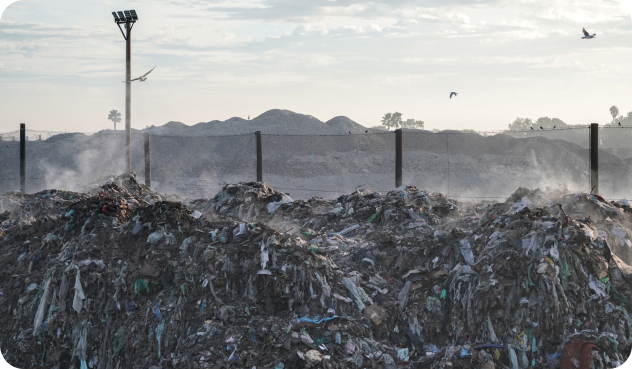
Incineration
Incineration is the process of burning waste, reducing the original product to ash. Due to toxic chemicals released during plastic incineration, this method is neither a solution nor an alternative to landfills. Emissions from burning plastics contain poisonous chemicals like lead, mercury, carbon monoxide, arsenic, PCBs, and more. The ash then makes its way into landfills, which can destroy local soil and waterways.
Incineration is a technique used for biosolids management that is seldom managed as intended, and there are severe consequences to not doing so. It releases dangerous gasses into the air, so proper air pollution control equipment is required, and these can experience operating and maintenance problems. High capital investment and dependency on non-renewable resources make this option all the less attractive.
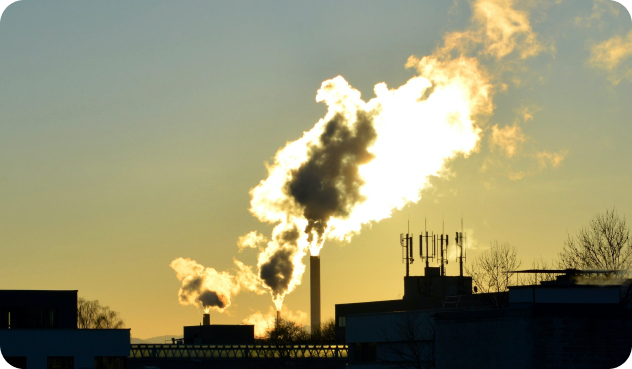
How to Identify Compostable Products?
Products will generally be labeled as Industrial Compostable, which will help us know that it has to reach an industrial composting facility. Refer to our article stating a list of companies with compostable products. Companies like TUV Austria and Biodegradable Products Institute are a few that certify products for home and industrial compostable.
Since these products are made from generally more expensive raw materials, the establishment using them will most likely be perfectly aware they are paying the premium to provide compostable solutions to their clients. What we still need to double check is the waste management systems available in our communities.
Wrap Up
We’ll need to understand that the system isn’t perfect. But this isn’t a reason to lose faith and take the easy way out by going back to purchasing plastic or styrofoam products. It’s important to understand that the entire compostable industry is new and will take time to properly function. What it needs most is people who can keep setting the example of what products they use, where they purchase their food, how they dispose of their waste, and how they carry their lives. At the end of the day, it’s what we all need most.

